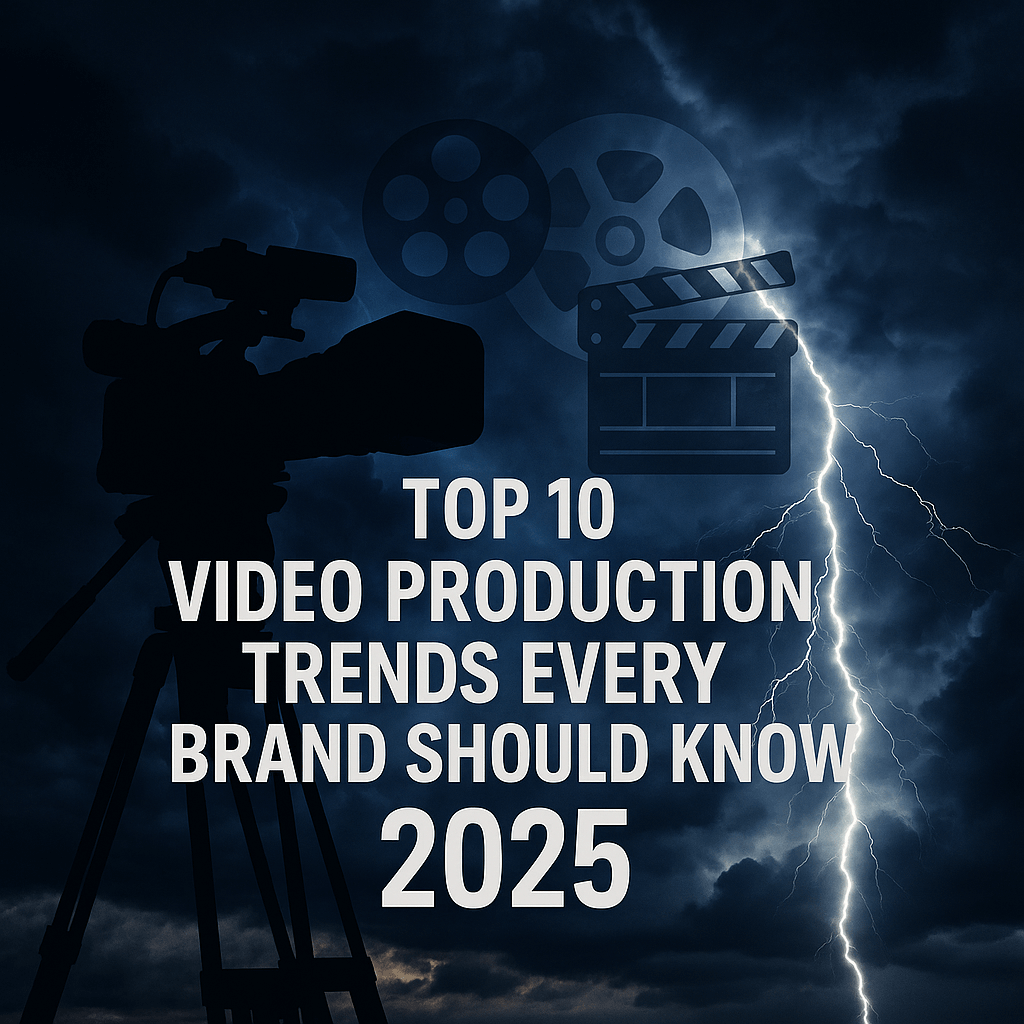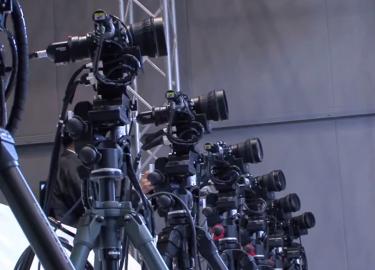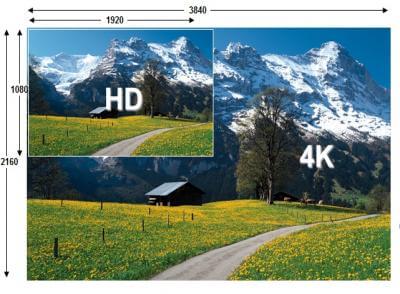Video is no longer optional, it’s the centerpiece of digital strategy, which catches everyone’s attention and stays in mind forever.
In 2025, emerging technologies, shifting audience behaviors, and evolving platforms are transforming how brands conceptualize, produce, and distribute video content. What was cutting-edge yesterday is standard today, and the bar for high-quality, results-driven video continues to rise.
From artificial intelligence streamlining production workflows to vertical-first mobile content driving engagement, brands need to stay ahead of these innovations to remain competitive.
Below are the top 10 video production trends every brand should know in 2025, with strategic insights to help navigate the changing landscape.
1. AI-Assisted Video Production
Smarter Editing and Automation
Artificial Intelligence took the video editing concept to the next level. Tools like Runway, Descript, and Adobe Sensei are revolutionizing production by automating tasks that once took hours, or days. AI now handles scene detection, audio syncing, auto-captioning, background noise reduction, and more.
This is not just about convenience, it’s about scalability. Brands can now produce content faster while maintaining consistency and quality.
For high-volume marketing campaigns, AI tools reduce costs and accelerate time to market without sacrificing creative standards.
AI in Scriptwriting and Voiceovers
Generative AI tools such as ChatGPT, Jasper, and ElevenLabs are now integrated into production workflows to streamline pre-production. Need a draft script based on a brief? Or a polished voiceover that matches your brand’s tone? AI handles both, with surprising nuance.
Read more: Why 4K Video Production Isn’t Just for TVs
How is AI changing the future of video production?
AI is democratizing content creation, eliminating bottlenecks in scripting, editing, and post-production. Expect to see more hyper-personalized, AI-driven videos at scale in 2025.
2. Vertical Video for Mobile-First Platforms
TikTok, Reels, and Shorts Dominate
With more than 80% of video views now happening on mobile, vertical video has become the de facto format. Platforms like TikTok, Instagram Reels, and YouTube Shorts continue to dominate user engagement, especially among Gen Z and Millennials.
What are the latest video production trends in 2025?
Vertical-first production is no longer optional, it’s foundational. Brands are designing stories from the ground up for 9:16 aspect ratios.
Vertical Optimization Best Practices
To compete in the vertical scroll, brands must prioritize:
- Tight framing: Eliminate visual clutter.
- Strong hooks in the first 3 seconds
- Fast pacing: Keep viewers engaged through rapid cuts and transitions.
- Captions: Most mobile viewers watch without sound.
Read more: Video Production Budget Tips: Simple Ways to Cut Costs
3. Shoppable Video Integration
Seamless In-Video Purchases
2025 is the year video turns into a full-fledged storefront. Platforms like Instagram, YouTube, and TikTok now support embedded product tags, “tap to buy” overlays, and one-click checkout, without leaving the video player.
This merging of commerce and content shortens the sales funnel dramatically, giving consumers an instant path from inspiration to purchase.
Brand Examples
Brands in the beauty, apparel, and fitness industries are leading adoption. Think influencer tutorials with clickable lipstick shades or fitness demos linking directly to gear. The integration is subtle yet powerful.
What is virtual production and why are brands using it in 2025?
Shoppable video is part of a broader push toward immersive, tech-enabled content experiences, where video isn’t just watched, it’s interacted with.
4. Interactive Video Content
Choose-Your-Own-Path Experiences
Interactive video has matured into a viable format for customer engagement. Brands now use branching logic to let viewers choose how the story unfolds. Ideal for product walkthroughs, onboarding experiences, and training modules.
Platforms That Support It
Leading tools in this space include WIREWAX, Vimeo Interactive, and H5P, allowing drag-and-drop interactivity for buttons, hotspots, quizzes, and more.
These features not only engage viewers but provide measurable data on viewer preferences and behavior, critical for refining campaigns.
5. Short-Form Storytelling
Micro-Content, Macro Impact
Short-form video continues to be the most consumed format across platforms. In 2025, 15 to 60-second videos are not just attention-grabbers, they’re brand builders.
Concise narratives with emotional punch, humor, or shock-value perform exceptionally well, especially in B2C. Expect more branded content that feels like entertainment, not advertising.
Read more: The Evolution of Live Video Production Technology
Balancing Short vs. Long-Form
The smartest brands create layered content ecosystems.
- Short-form: For awareness and viral potential
- Long-form: For deeper engagement, education, or product breakdowns
6. Remote and Sustainable Production
Virtual Production and Cloud Collaboration
Advances in cloud editing tools, real-time review platforms, and virtual studio environments are making remote video production the new normal.
Instead of flying crews and equipment across countries, brands are building modular virtual sets, conducting remote interviews via high-res streaming, and editing collaboratively in the cloud.
Examples
- Green screen workflows for dynamic backgrounds
- Cloud-based tools like Frame.io, LucidLink, and Blackmagic Cloud
- Remote-controlled PTZ cameras for professional live shoots without travel
This approach slashes carbon emissions, reduces budgets, and speeds up timelines, all without compromising production quality.
7. Personalized Video Marketing
Dynamic Content for Each Viewer
Hyper-personalization isn’t just for email anymore. Brands now send individualized videos addressing viewers by name, location, or past behavior. This data-driven approach dramatically improves open rates, engagement, and conversions.
CRM + Video Integration
Platforms like Vidyard, Bonjoro, and Hippo Video now integrate directly with CRMs such as HubSpot and Salesforce. That means marketing automation workflows can deliver real-time personalized video messages at scale.
What’s the ROI of personalized video content?
Studies show personalized videos can increase click-through rates by up to 300% and conversion rates by up to 500%.
8. Hybrid Live Events and Streaming
In-Person + Live Broadcast = Maximum Reach
Hybrid events, part physical, part digital, are now the gold standard. Brands that stream conferences, launches, or product demos alongside live attendance expand reach and maximize ROI.
Read more: Live Video Production Technology: Bullet Time for Events | Skystorm
Why are brands investing in live streaming video content?
It’s about scale and accessibility. Live streams engage global audiences in real-time while also creating a library of evergreen content for replays, snippets, and future campaigns.
Tools & Execution
- Skystorm’s mobile production units
- Cloud-based switching software like vMix and Wirecast
- Multistreaming platforms like Restream
These technologies enable seamless, high-quality live broadcasts from anywhere.
9. High-End Motion Graphics and VFX
Elevating Brand Storytelling
Motion graphics are no longer just nice-to-haves, they’re strategic tools for visual storytelling. From B2B explainers to B2C branding, custom animations communicate ideas faster and more memorably than talking heads.
Popular Styles in 2025
- 2.5D animation: A blend of 2D and 3D aesthetics
- Kinetic typography: Moving words with personality
- AR overlays: Augmented reality graphics integrated into live footage
- UI-inspired transitions: Mimicking digital app experiences
Whether it’s to explain a complex product or stand out in a crowded feed, high-end graphics amplify brand polish.
Read more: Orlando Video Production Studio | Skystorm In-House Studio Now Complete
10. OTT & Connected TV (CTV) Advertising
Streaming Platforms for Brand Reach
Over-the-top (OTT) and Connected TV (CTV) platforms like Hulu, Roku, and Amazon Fire TV are rapidly becoming essential ad channels.
As more viewers cut the cord, CTV offers a targeted, high-impact alternative to traditional television, with better analytics, programmatic buying, and geographic customization.
Why Brands Are Investing in CTV
- Precision targeting at lower CPMs than broadcast TV
- High viewer completion rates
- Cross-device retargeting from CTV to mobile/web
Is OTT advertising better than YouTube ads?
For brands seeking high engagement in a lean-back environment, CTV delivers premium placement, often with less competition.
FAQs
What are the biggest video marketing trends for 2025?
The most impactful trends in 2025 include AI-powered editing and production workflows, vertical-first video formats tailored for mobile, interactive video content that enhances engagement, hyper-personalized video marketing, and the growing adoption of Connected TV (CTV) advertising for broader brand reach.
How is AI changing the video production process?
AI is transforming video production by automating tasks such as editing, scriptwriting, voiceovers, and scene detection. This not only speeds up the entire process but also reduces production costs while maintaining high-quality standards, enabling faster content turnaround and more efficient workflows.
Should brands focus on vertical video formats now?
Absolutely. Vertical video has become the dominant format on mobile-first platforms like TikTok, Instagram Reels, and YouTube Shorts. These platforms prioritize vertical content in their algorithms, making it essential for visibility, engagement, and relevance in 2025’s digital landscape.
What’s the difference between shoppable and interactive videos?
Shoppable videos are designed for direct consumer action, allowing viewers to click on product tags and make purchases within the video itself. In contrast, interactive videos provide viewers with narrative control, such as choosing story paths, engaging with embedded quizzes, or exploring clickable elements for deeper content exploration.
How can small brands adopt remote video production?
Small brands can leverage cost-effective tools like cloud-based editing platforms (e.g., Frame.io, Adobe Creative Cloud), conduct remote interviews using high-quality webcams or smartphones, and collaborate with virtual teams using shared workspaces. This approach reduces the need for large crews or on-site production while maintaining professional quality.
What’s the ROI of personalized video content?
Personalized video content consistently outperforms generic messaging. By tailoring videos to the viewer’s name, location, or past behavior, brands see significantly higher open rates, click-through rates, and conversion metrics, ultimately driving stronger engagement and brand loyalty.
Is OTT advertising better than YouTube ads?
It depends on your target audience and goals. OTT and Connected TV (CTV) ads on platforms like Hulu or Roku often result in higher viewer retention, fewer distractions, and more premium ad placements. For brands seeking a lean-back, high-impact experience, CTV offers an edge over traditional digital video platforms like YouTube.
How long should short-form videos be in 2025?
The ideal short-form video length in 2025 is between 15 and 60 seconds. To maximize performance, focus on strong openings within the first three seconds, fast pacing, and vertical formatting to suit mobile-first viewing habits.
Conclusion
Video content is evolving faster than ever, and brands that stay agile will capture attention and build loyalty.
Whether you’re embracing short-form storytelling, investing in AI production tools, or delivering immersive hybrid live events, the key is to align content strategy with where, and how, your audience is watching in 2025.
Partner with a forward-thinking video production team like Skystorm to bring your brand’s 2025 video strategy to life.



